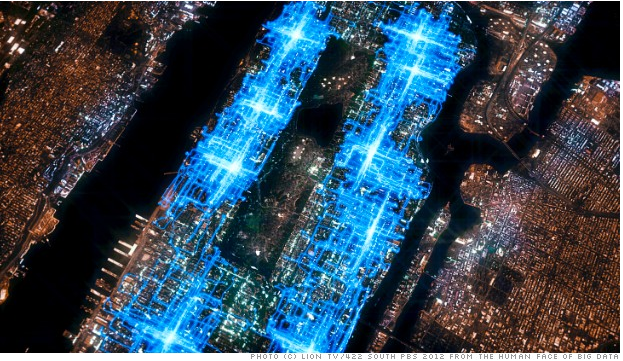Service level is an important concept in network design.
However, the term “service level” has many different meanings within a supply chain.
So, while writing this book, we needed a good example to help explain the different definitions of service level and how they do or don’t impact network design decisions.
One of the authors (who we won’t name) came up with the great idea to use pizza delivery as an example. She thought that after a long week at work, being able to quickly get a pizza delivered to your home can bring pure happiness. Everyone can relate to this example.
This example, which we expand on in the book, is easy to explain and describes the different types of service levels and how network design can help. For example, network design can help locate your restaurants close to customers, but it can’t help you quickly take an order and bake a pizza.
Apparently, others are also using pizza delivery to discuss service level. This blog post by Clay Richardson uses this example:
…I needed to order a pizza for my family after a very hectic Saturday afternoon. When I picked up my mobile phone to call the pizza delivery place, a light bulb went off over my head. Instead of dialing the pizza delivery company and waiting on hold for 15 minutes, why not download its mobile app in two minutes and order my pizza within another two minutes. I figured I could shave off ten minutes of wait time by simply downloading the pizza delivery company’s mobile app.
Take a guess how long it took me to order the pizza? A whopping 20 minutes! Why? Because the pizza delivery company did not invest time optimizing its order process for the mobile experience. “
This example again proves the difference between operational service level measures and those related to network design problems. Similar to our example in the book, in this situation the restaurant was located where the customer had already proven the pizza could be delivered in a time that was acceptable but the service level related to the order process causes an unsatisfied customer in the end. Both types of service are important to the delivering a pizza on time. And what else provides more satisfaction than a hot pizza delivered quickly to the customer’s while enjoying their weekend!
 We typically think of network design at the national level. However, the same principles apply when doing a study at a very local level. For example, we’ve talked about the pizza delivery model as a good example.
We typically think of network design at the national level. However, the same principles apply when doing a study at a very local level. For example, we’ve talked about the pizza delivery model as a good example.